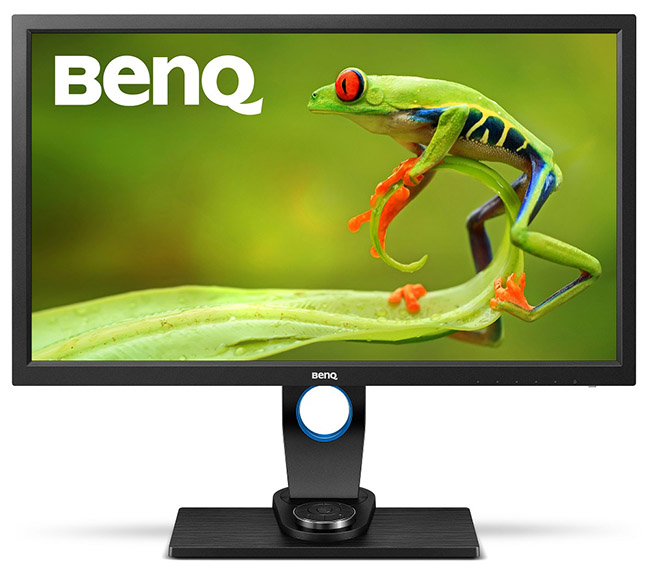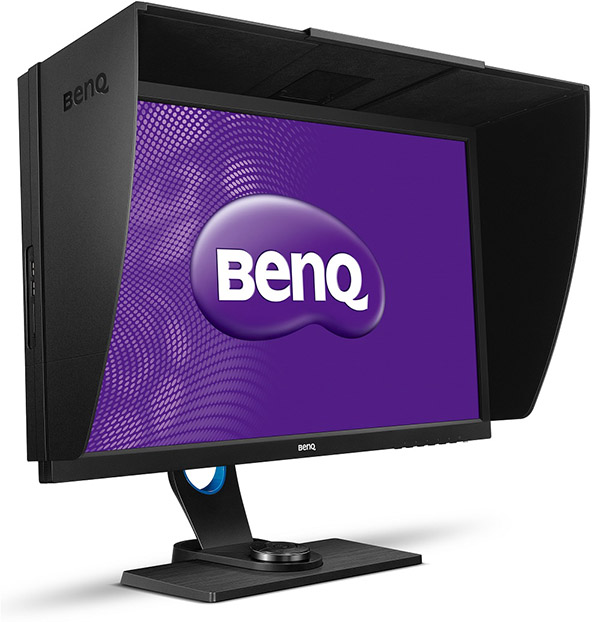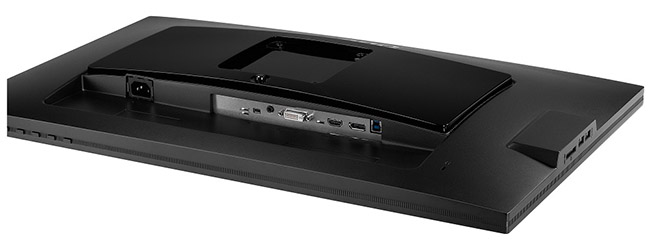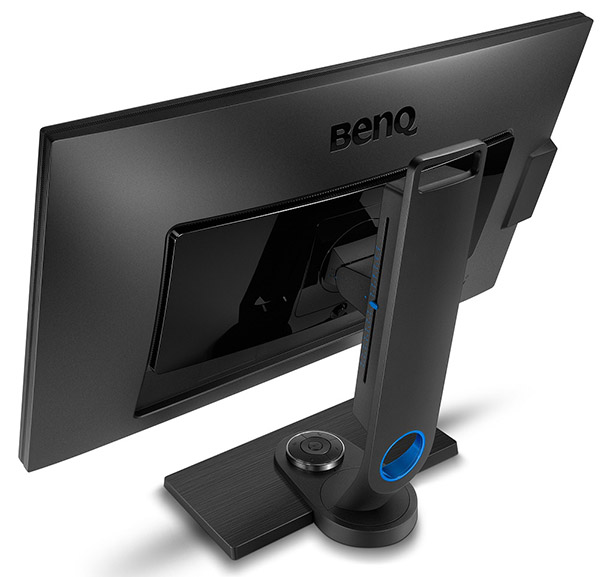Introduction
BenQ makes a wide selection of displays aimed at professional users but the newly-released SW2700PT stands out from existing products. With the SW2700PT, BenQ has partnered with X-Rite, which develops colour-management systems and software solutions, to co-write custom software that allows users to perform hardware-level colour calibration. The calibration profiles are saved and written directly to the display, over a USB connection from the software, and are independent of the graphics-card display profile which consumer calibrators, such as the Spyder4Elite, typically use.
BenQ SW2700PT Specification | |
|---|---|
|
Diagonal Size
|
27in
|
|
Resolution
|
2,560x1,440 (QHD)
|
|
Refresh Rate
|
60Hz
|
|
Response Time
|
5ms (GtG)
|
|
Panel Type
|
IPS (AHVA)
|
|
Viewing Angles
|
178/178
|
|
Colour Depth
|
10-bit (14-bit LUT)
|
|
Aspect Ratio
|
16:9
|
|
Contrast Ratio
|
1000:1 (typical)
|
|
VESA Compatible
|
Y
|
To back up the Palette Master Element software BenQ includes a 14-bit 3D look-up table (LUT) to further enhance the accuracy of the native 10-bit panel. Other key features of the SW2700PT include 99 per cent of Adobe RGB coverage, an average Delta-E of less than 2 and a shading hood for the display. There are other features to appeal to the professional audience, too, including side-mounted USB ports, a card reader, a factory calibration report and an OSD controller dial.
The BenQ SW2700PT, based on its specifications, appears to use an identical panel to the Philips 272P4APJKHB that we recently reviewed. That means a 27in panel with a native 2,560x1,440 resolution. However, there is a key difference in that BenQ target a more aggressive price point - £500 rather than £600 - and, as mentioned, includes a card reader, 14-bit LUT and X-Rite co-developed software.
Design and Connectivity
The design of the BenQ SW2700PT is nothing out of the ordinary, with a matte-black and rather chunky bezel around the display. Along the edge of the monitor there are various permanently-attached Velcro strips for attaching the provided shading hood. The SD card reader and two USB ports, meanwhile, are placed on the left-hand side of the display making them very easy to access.
BenQ implements a stand with all the adjustments you'd expect on a professional-grade display. Height adjustment, swivel, pivot and tilt are all available but the stand can also be removed and replaced with any 10x10cm VESA mount. The base of stand uses a faux brushed-aluminium finish and the OSD controller dial is positioned in the centre. This dial is a quicker and more accessible way to tune the OSD settings but users can opt for the buttons placed along the bottom right of the monitor.
Three display inputs are provided - DVI, HDMI and DisplayPort - which is enough variety for most users but we're a little disappointed to see no Picture-in-Picture or Picture-By-Picture capabilities here, Philips includes these capabilities on the 272P4APJKHB. A micro-USB 2.0 input is included for the OSD dial while a USB type-B input provides bandwidth to the side-mounted USB ports and SD card reader as well as the communication channel for the Palette Master Element software - more on this later.













